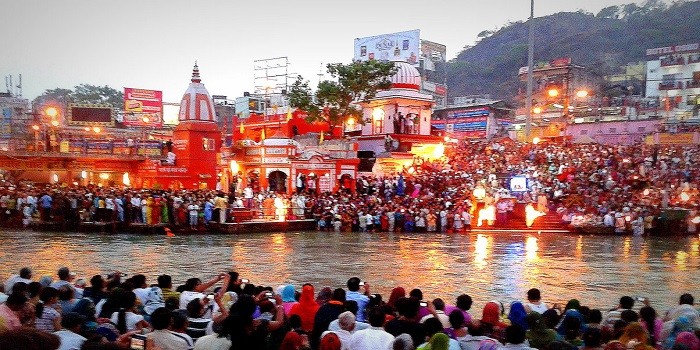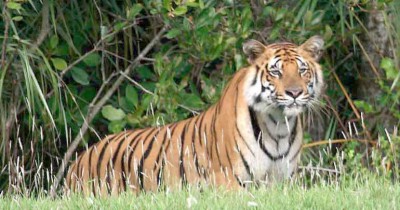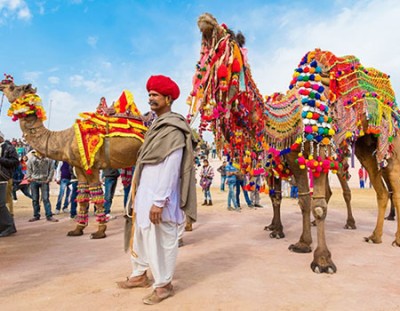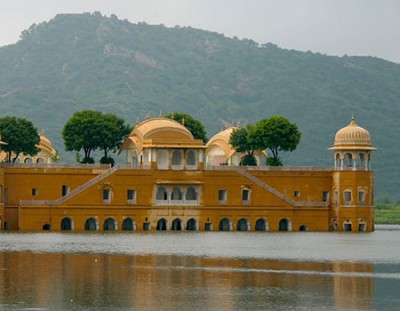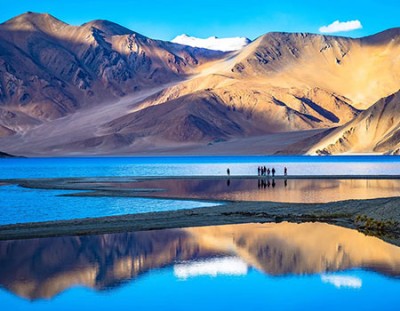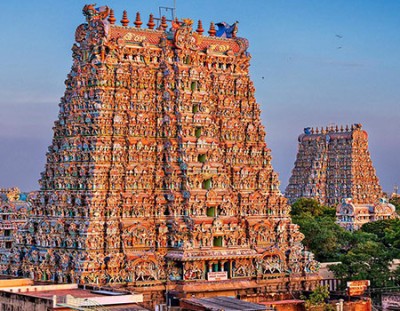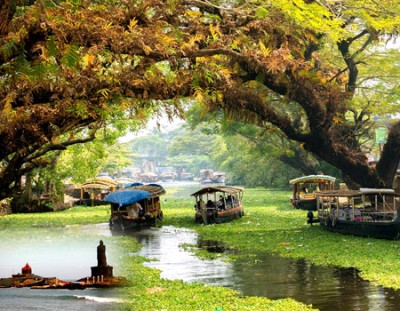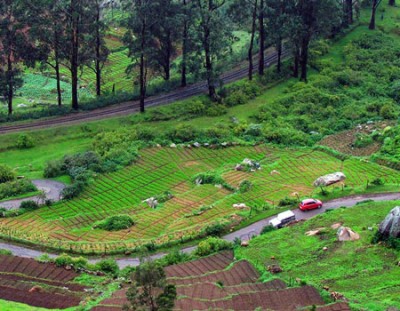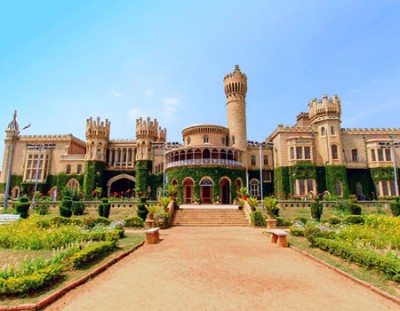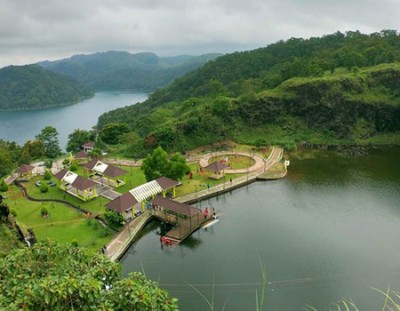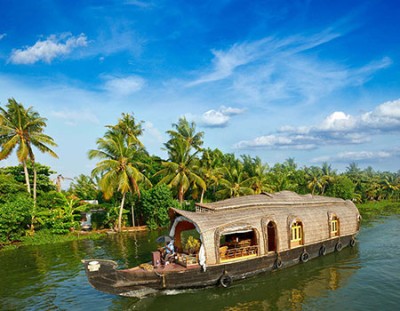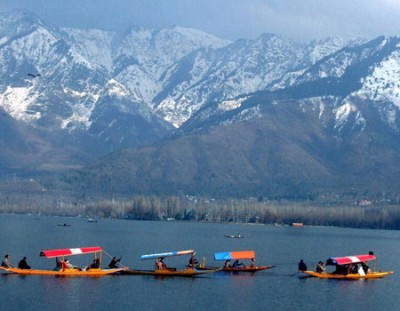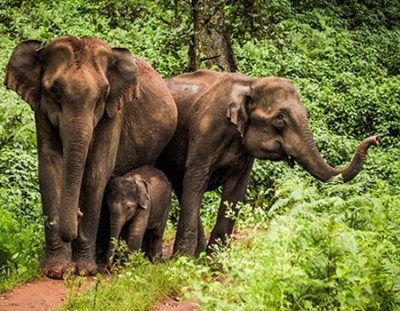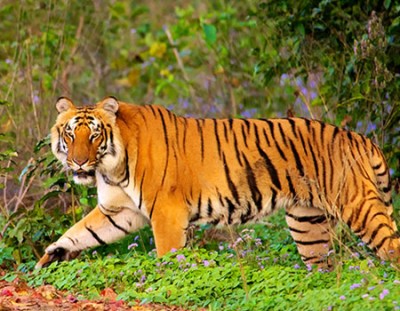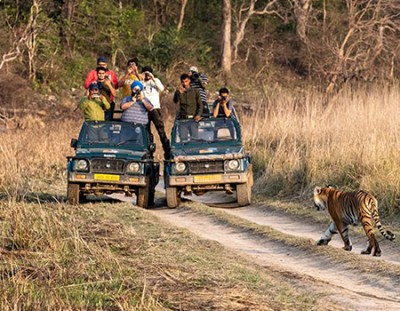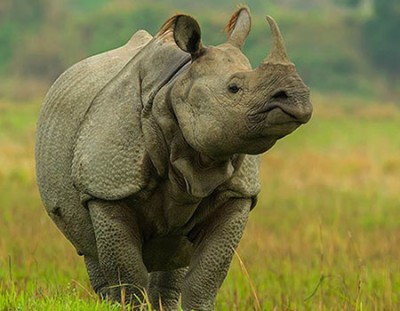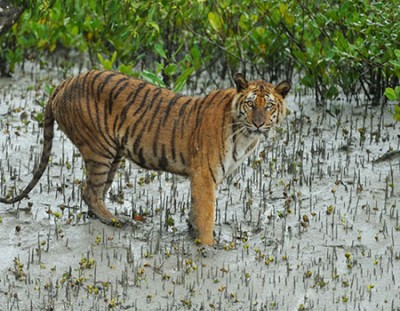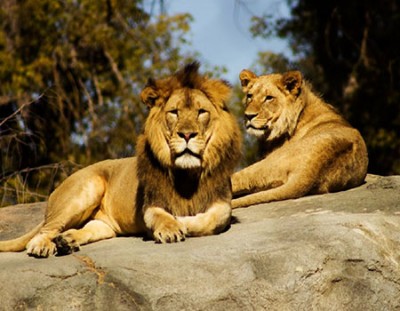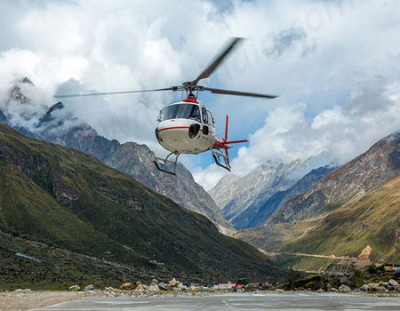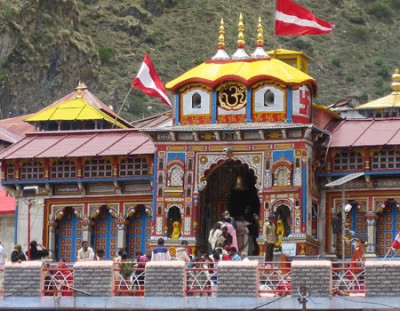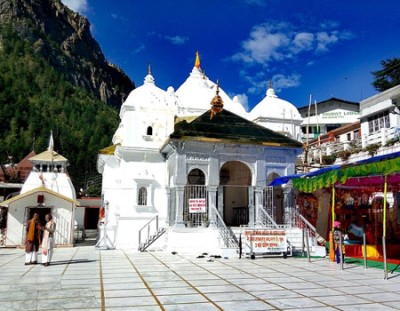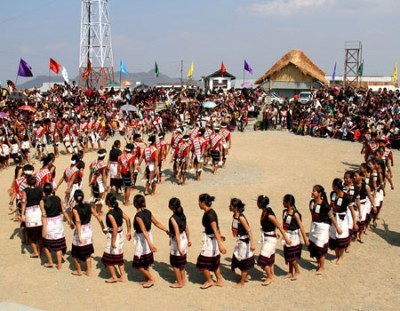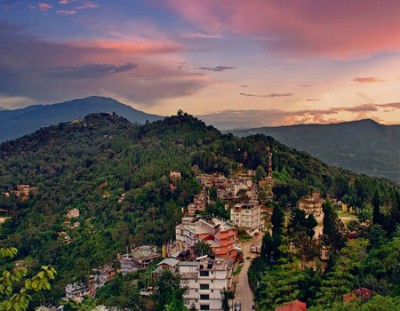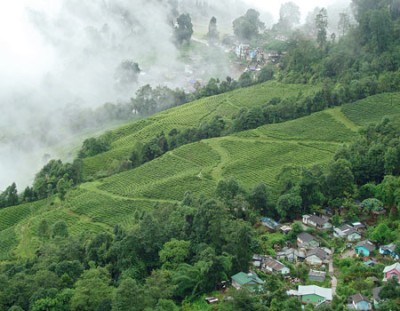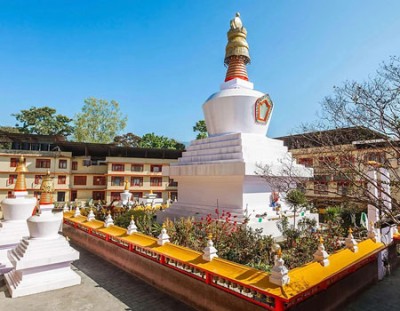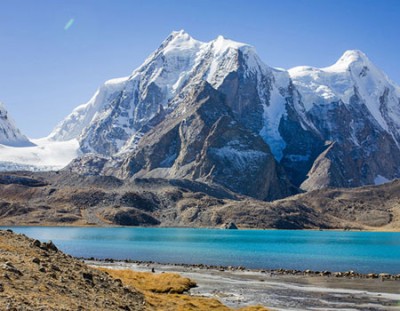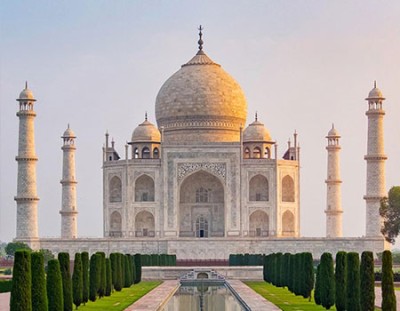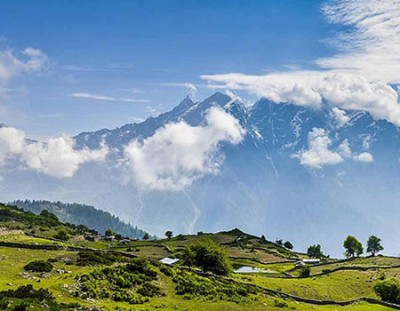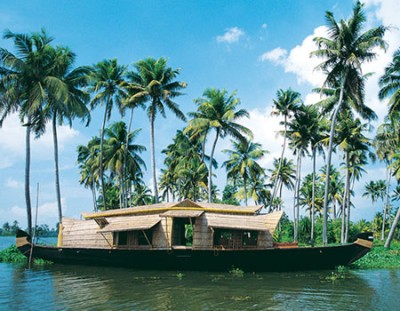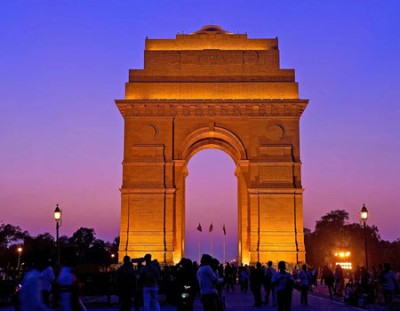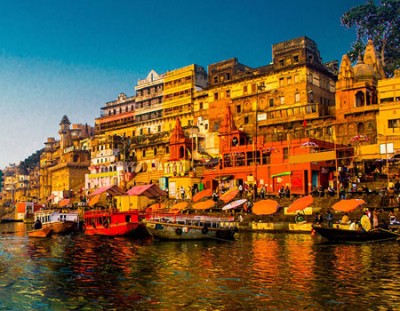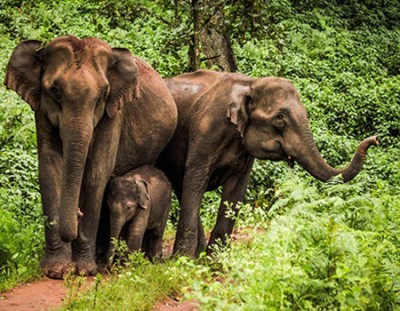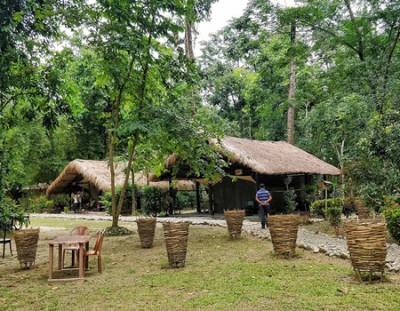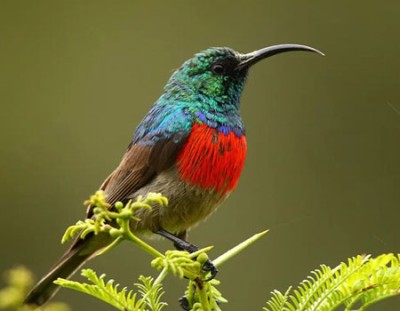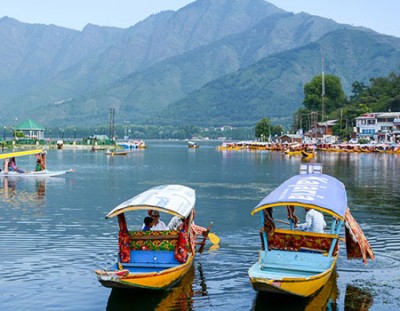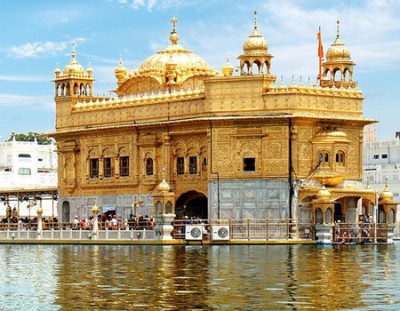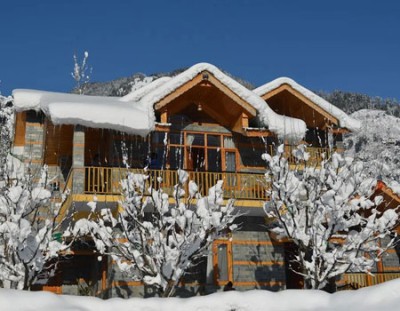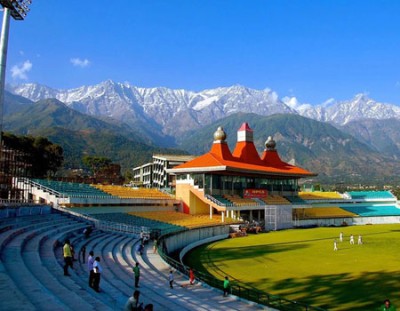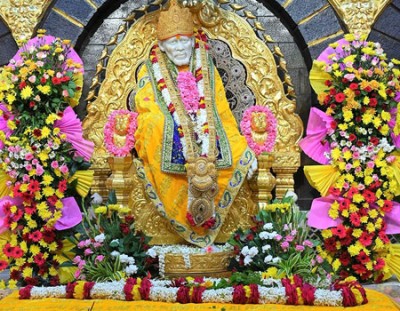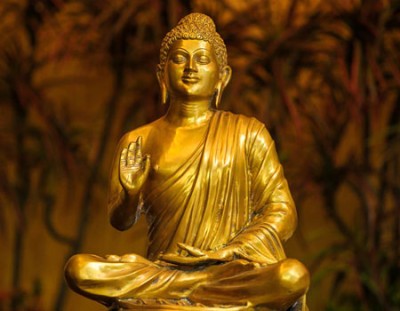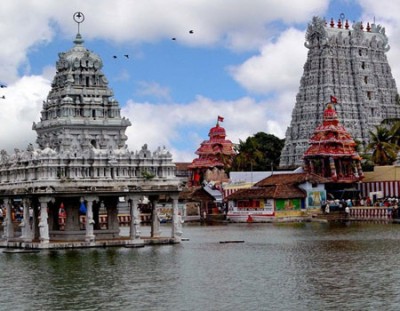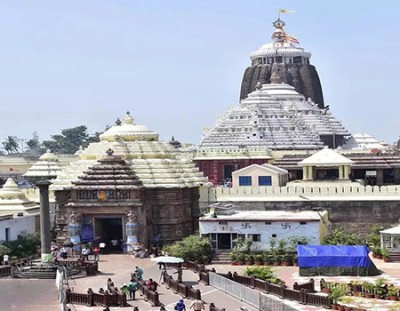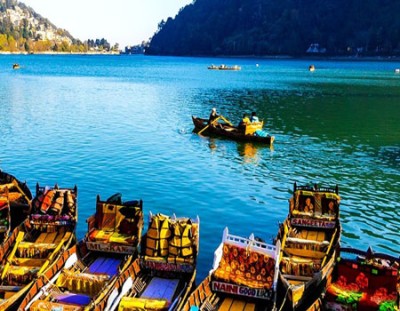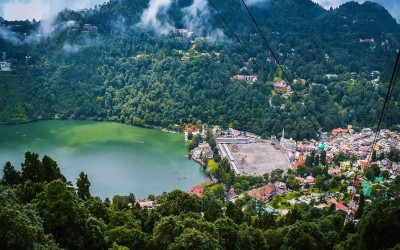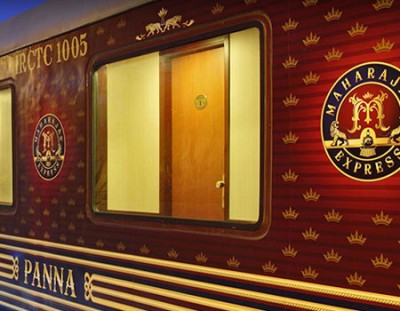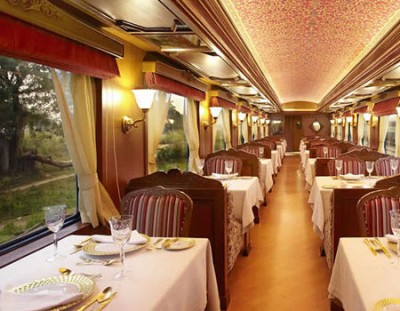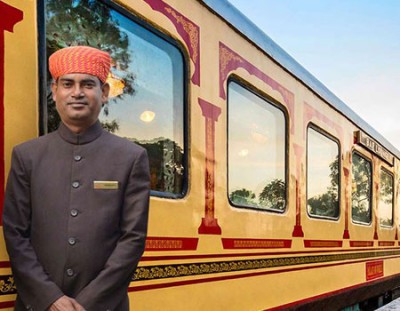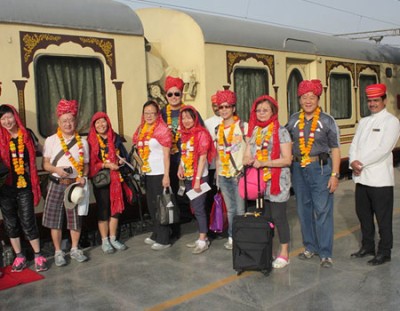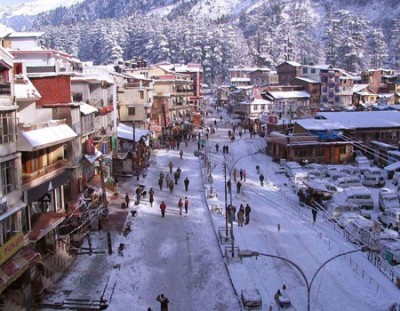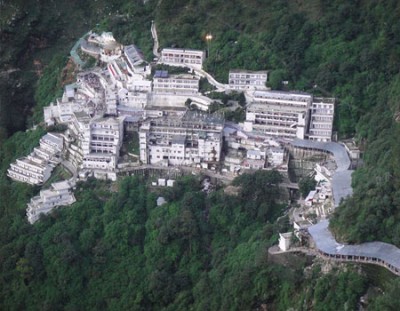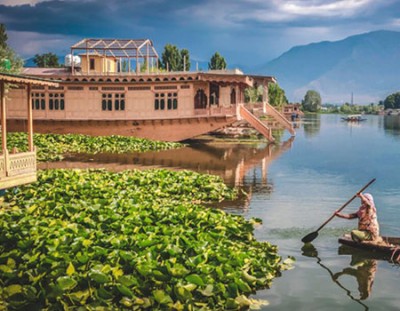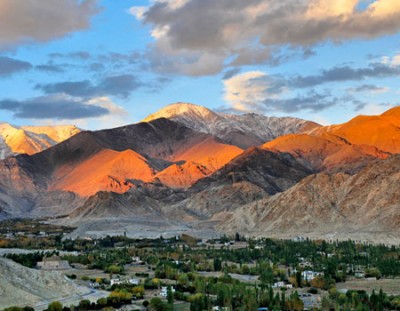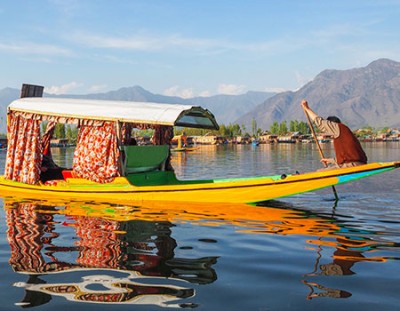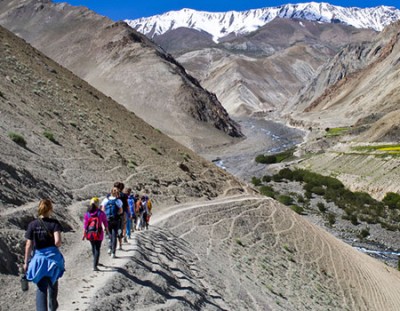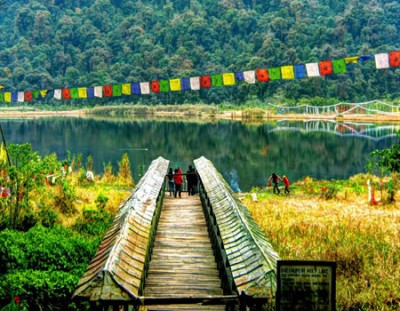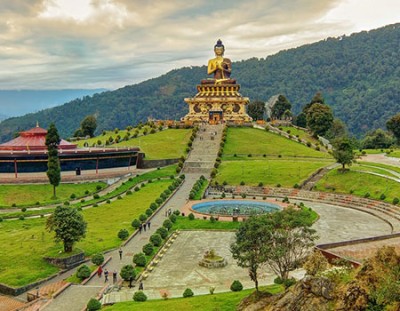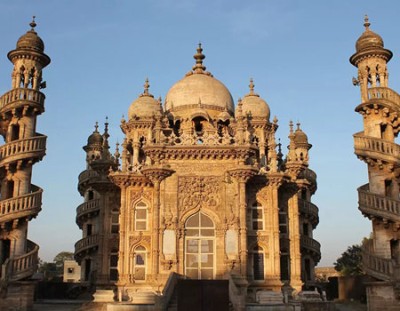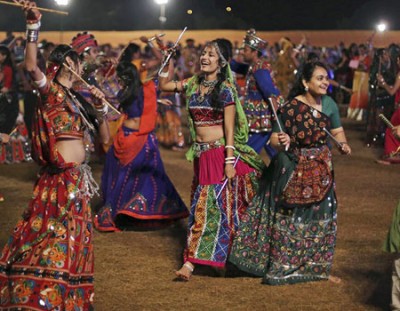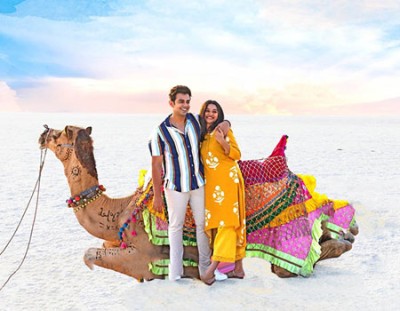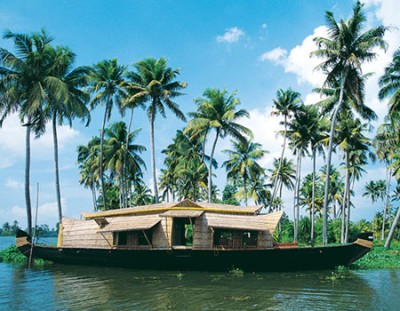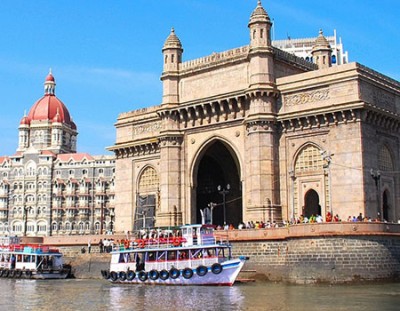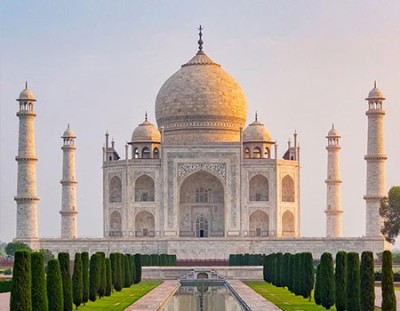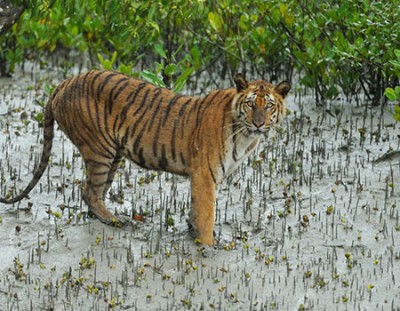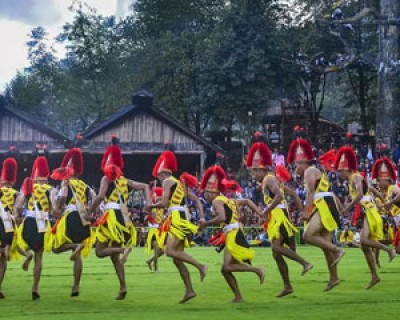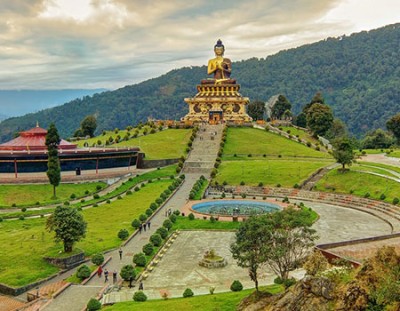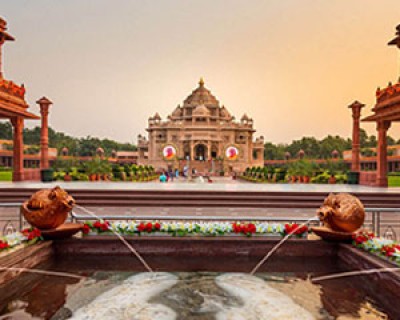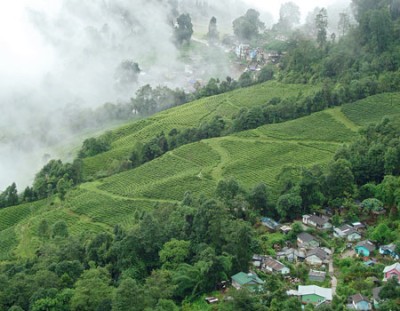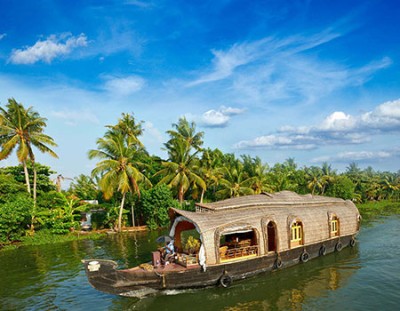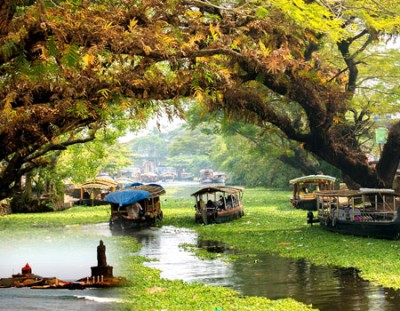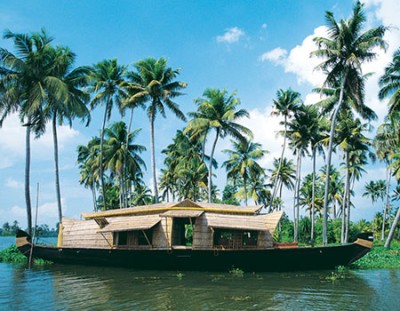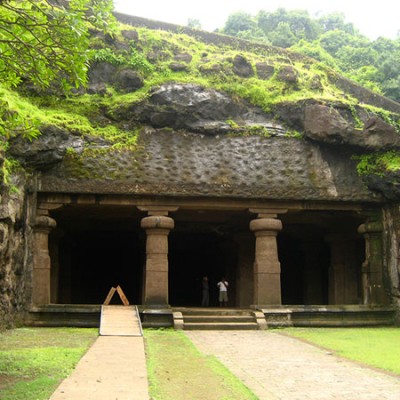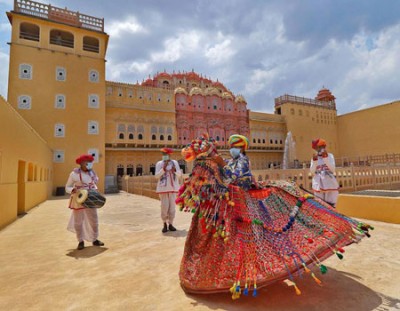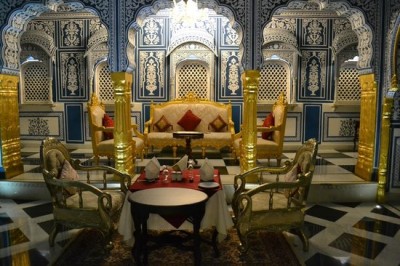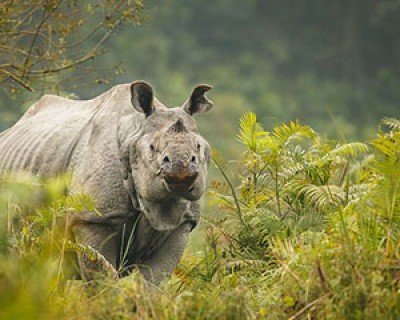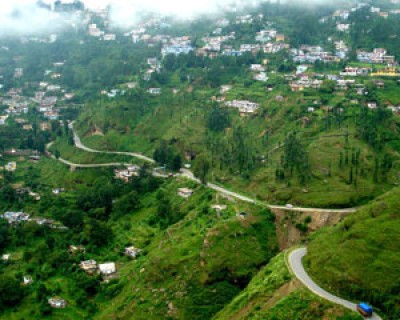Chardham Tour
Itinerary
Arrival – Delhi
At the airport, you will see that Tree Trunk Travel representative is waiting to give a warm welcome and later he will escort you to your hotel, previously reserved.
After upon arrival in Hotel discuss your tour itinerary with our representative in Lobby and after that our representative will help you to check into formalities.
Overnight at Hotel
Delhi – Haridwar (250 Kms) (05 Hrs)
Morning drive to Haridwar. Upon arrival check into hotel.
Later visit to Mansa Devi, Chandi Devi Temple and Bharat Mata Temple. Evening witness the Ganga Aarti at Ghat.
Overnight at Hotel
Haridwar – Barkot (170 Km/7-8 Hours)
Morning after breakfast drive to Barkot. Upon arrival check into hotel. Rest of the day is at leisure.
Overnight at Hotel
Barkot – Jankichatti – Yamunotri – Barkot (50 Km & 6 Km Trek)
Early morning after breakfast (packed breakfast), drive to Jankichatti / Phoolchatti & start trek from here to Yamunotri (6kms) (Either by walk or by horse or by Doli at own cost). After taking bath in Jamunabai Kund’s warm water and having “Darshan” of “Yamunaji” return to Jankichatti by trek. Later drive towards Barkot, Overnight stay at Barkot.
Yamunotri Temple: Maharani Gularia of Jaipur built the temple in the 19th Century. It was destroyed twice in the present century and rebuilt again. At Yamunotri, One can cook rice by packing it in a cloth and dipping it in the hot water of the Tapt kund. Pilgrims take this cooked rice home as “Prasad”. Here near the temple “Pooja” can be offered to Divya Shila.
Surya Kund: There are a Number of thermal springs near temple, which flows into numerous pools. The most important of these is Surya Kund.
Divya Shila: A rock pillar, worshipped before entering the Yamunotri Temple.
Yamunotri Weather – In summer the maximun temp is 18 degrees and the minimum is 10 degrees celsius. The days are pleasantly cool but the nights are cold.
Overnight at Hotel
Barkot (Kharsali) – Uttarkashi (100kms/5hr)
Drive to Uttarkashi. Check in Hotel, Later at evening visit Vishwanath Temple. Night Halt.
Uttarkashi: Situated at the bank of river Bhagirathi. The temple of Lord Vishwanath is located here where a massive iron trident is erected.
Overnight at Hotel
Uttarkashi – Gangotri – Uttarkashi (100kms/ 5 Hrs Each Side)
Early morning (6 AM), leave on road to Guptkashi. En route, you will pass through river Ganga while making way to Tehri Dam. After you reach Guptkashi in the evening.
Overnight at Hotel
Uttarkashi – Guptkashi (220 Kms) (08 Hrs)
Post an early morning breakfast (7 AM), get escorted to the helipad to board the helicopter ride to Kedarnath. On arrival at Kedarnath, have Darshan and perform pooja at Kedarnath temple. Later, return to the helipad from where the helicopter-in-waiting will take you back to Guptkashi. .
Overnight at Hotel
Day 09: Guptkashi – Badrinath (160 Km/ 6 Hours)
Morning after breakfast, drive to Badrinath. Check in to the hotel arrival in Badrinath. Pilgrims after having a bath in the Taptkund have the Darshan of Badrivishal & Aarti in evening. Brahamakapal is significant for Pinddan Shraddh of ancestors (Pitrus). There are other interesting sightseeing spot like Mana, Vyas Gufa, Maatamoorti, Charanpaduka, Bhimkund and the “Mukh” of the Saraswati River. Just within the three kms of Badrinathjee. Overnight stay at Badrinath.
Badrinath one of the ‘Ancient Four Dhams’ is one of the most celebrated pilgrimage spots of the country and is situated at an elevation of 3,133 meters, guarded on either side by the two mountain ranges known as Nar & Narayan with the towering Neelkanth Peak providing a splendid backdrop. This revered spot was once carpeted with wild berries. Thus the place got the name “Badri van”, meaning “forest of berries”.
Tapt Kund : Natural thermal springs on the bank of the river Alaknanda, where it is customary to bath before entering the Badrinath temple.
Mana Village : Inhabited by an Indo-Mongolian tribe, it is the last Indian village before Tibet.
Vasundhara : As the name suggests, vasundhara is a magnificent water fall. This place is 5 kms. from Badrinath out of which 2 kms. is motorable upto Mana.
Bhim Pul : On the other side of Mana village, a massive rock forming a natural bridge, lies over the roaring Saraswati river. It presents a spectacular view of water thundering down through the narrow passage under the rock and is believed to have been placed there by Bhim, the second eldest among the five Pandava brothers.
Vyas Gufa (cave): Near Mana Village, this is a rock-cave where Ved Vyas is believed to have composed the Mahabharata and the pauranic commentaries.
Overnight at Hotel
Badrinath – Joshimath – Rudraprayag (160 Kms) (07 Hrs)
Morning after breakfast, driver for Rudraprayag via Joshimath. Visit on the way Narsingh Temple in Joshimath later drive back to Rudraprayag via Joshimath. Check into the hotel arrival in Rudraprayag. Overnight stay at Rudraprayag.
Joshimath is situated on the slopes above the confluence of the rivers Alaknanda and Dhauliganga. Of the four ‘Maths’ established by Adi Shankaracharya, Joshimath is the winter seat of Badrinath. The idol is brought down to Joshimath and installed in the temple for people to worship. There are many other temples in the township. The most important is the temple of Nir Singh with the idol of Lord Vishnu. The left arm of this deity is getting destroyed with time and the popular belief holds that the day the arm completely withers Badrinath valley will cease to exist and the Gods will transfer the residence into the neighboring Niti Valley at Bhavishya Badri.
Rudraprayag is one of the Panch Prayag (five confluences) of Alaknanda River. It is confluence of rivers Alaknanda and Mandakini. Kedarnath, a Hindu holy town is located 86 km from Rudraprayag.
Overnight at Hotel
Rudraprayag – Rishikesh (140 Kms) (04 Hrs)
Morning drive to Rishikesh. Upon arrival check into hotel. Later visit below places.
Bharat Mandir Built by Adiguru Shankra Charya around 12th century, Bharat Mandir is situated in the heart of the old town on the banks of the Ganges. The Inner sanctum of the temple has the idol of Lord Vishnu, carved out of a single Saligram. In the inner canopy above the idol is Shree Yantra installed by Adi Sankraya Charya.
Ram Jhula is situated 3 Km north of Rishikesh, Is an iron suspension bridge. It is made over river Ganges to cross the river and is a landmark of Rishikesh. Ram Jhula has been added recentlyconstructed between Shivananda Ashram and Sawargashram. The fresh air and sound of flowing water, the scenic beauty of the region can be seen from the bridge.
Lakshman Jhula – Laxman Jhula – Laxman Jhoola, – is a 450 feet long an iron suspension bridge situated in Rishikesh in Indian state of Uttarakhand. Lakshman Jhula is one of the most prominent landmarks at Rishikesh. It is made over river Ganges to cross the river and is a landmark of Rishikesh. It is said that Lakshman crossed Ganges on jute ropes between the place where this bridge is built. Lakshman Jhula was built in 1939. There are spectacular views from the bridge.
Overnight at Hotel
Rishikesh – Delhi (265 Kms) (07 Hrs)
Morning drive to Delhi. Upon arrival transfer to international airport to board the onward flight.


